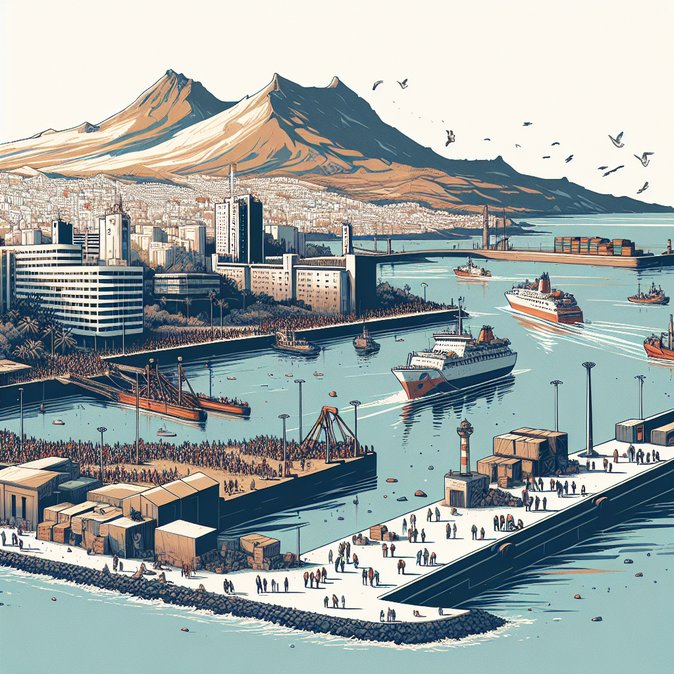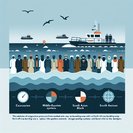
Spain’s Atlantic migration route saw another dramatic episode in the early hours of 6 November when Salvamento Marítimo guided a heavily-laden cayuco with 250 people into La Restinga harbour on El Hierro. The rescue vessel Salvamar Díphda, working with a Guardia Civil patrol boat, escorted the wooden craft through the break-water at 01:35 and supervised disembarkation on the quay. According to the initial manifest there were 63 women and 32 minors among the passengers, all believed to be of sub-Saharan origin. Red Cross and Canary Health Service teams erected an ad-hoc triage zone, handing out thermal blankets, food and rehydration salts before transferring several individuals showing signs of hypothermia to the island’s hospital.
The arrival underscores the relentless pressure on Spain’s far-flung Atlantic outposts. In 2024 the Canary archipelago registered a record 55,618 maritime arrivals; although 2025 totals have moderated, El Hierro – the smallest and most remote island – remains a focal point because traffickers exploit its proximity to West Africa and comparatively light port traffic. Spanish Interior Ministry figures show that more than 11,000 people have reached El Hierro so far this year, triple the pre-pandemic average.
![Midnight Rescue Brings 250 Migrants Ashore on El Hierro]()
While Madrid presses the EU for a permanent solidarity mechanism, local authorities are scrambling to maintain reception capacity. El Hierro’s dockside tents can host barely 300 people and require emergency ferries to redistribute new arrivals to Tenerife and Gran Canaria within 48 hours. The regional government warns that staffing overtime and chartered transport are “unsustainable” without additional national funds.
For global-mobility managers the surge has two practical implications. First, business travellers transiting Canary ports should expect sporadic security cordons and longer taxi times while emergency operations are in progress. Second, companies relocating staff to the islands under Spain’s new remote-work tax incentives must factor in reputational and community-impact questions; several hotel conversions into temporary shelters have fuelled local protests.
Policy analysts note that a draft Royal Decree to accelerate asylum screening – currently before the Senate – will introduce remote videoconference interviews and digital file-sharing between the National Police and the Asylum Office, potentially reducing processing from 90 to 45 days once enacted.
The arrival underscores the relentless pressure on Spain’s far-flung Atlantic outposts. In 2024 the Canary archipelago registered a record 55,618 maritime arrivals; although 2025 totals have moderated, El Hierro – the smallest and most remote island – remains a focal point because traffickers exploit its proximity to West Africa and comparatively light port traffic. Spanish Interior Ministry figures show that more than 11,000 people have reached El Hierro so far this year, triple the pre-pandemic average.

While Madrid presses the EU for a permanent solidarity mechanism, local authorities are scrambling to maintain reception capacity. El Hierro’s dockside tents can host barely 300 people and require emergency ferries to redistribute new arrivals to Tenerife and Gran Canaria within 48 hours. The regional government warns that staffing overtime and chartered transport are “unsustainable” without additional national funds.
For global-mobility managers the surge has two practical implications. First, business travellers transiting Canary ports should expect sporadic security cordons and longer taxi times while emergency operations are in progress. Second, companies relocating staff to the islands under Spain’s new remote-work tax incentives must factor in reputational and community-impact questions; several hotel conversions into temporary shelters have fuelled local protests.
Policy analysts note that a draft Royal Decree to accelerate asylum screening – currently before the Senate – will introduce remote videoconference interviews and digital file-sharing between the National Police and the Asylum Office, potentially reducing processing from 90 to 45 days once enacted.









